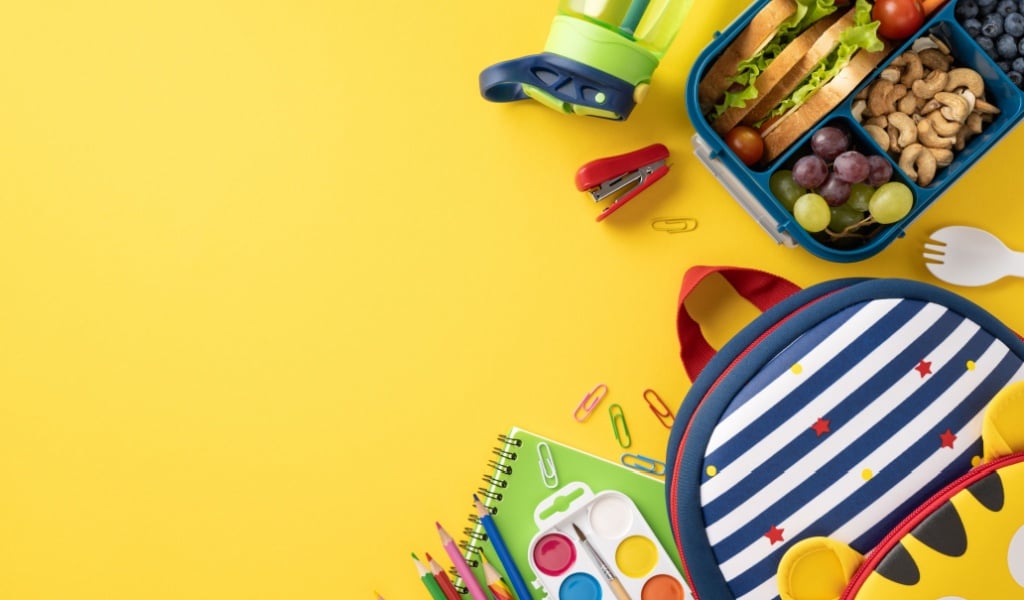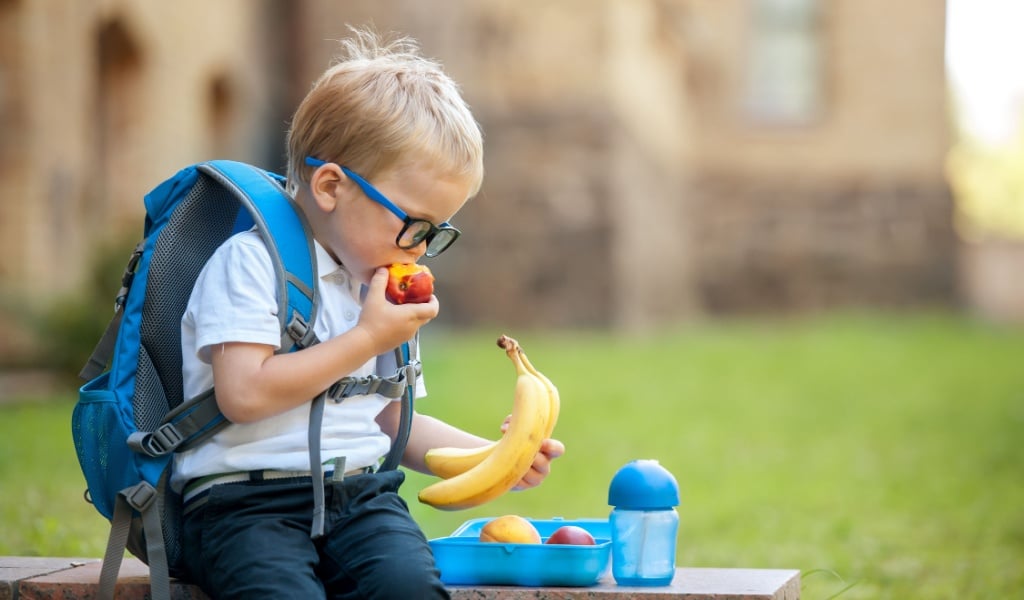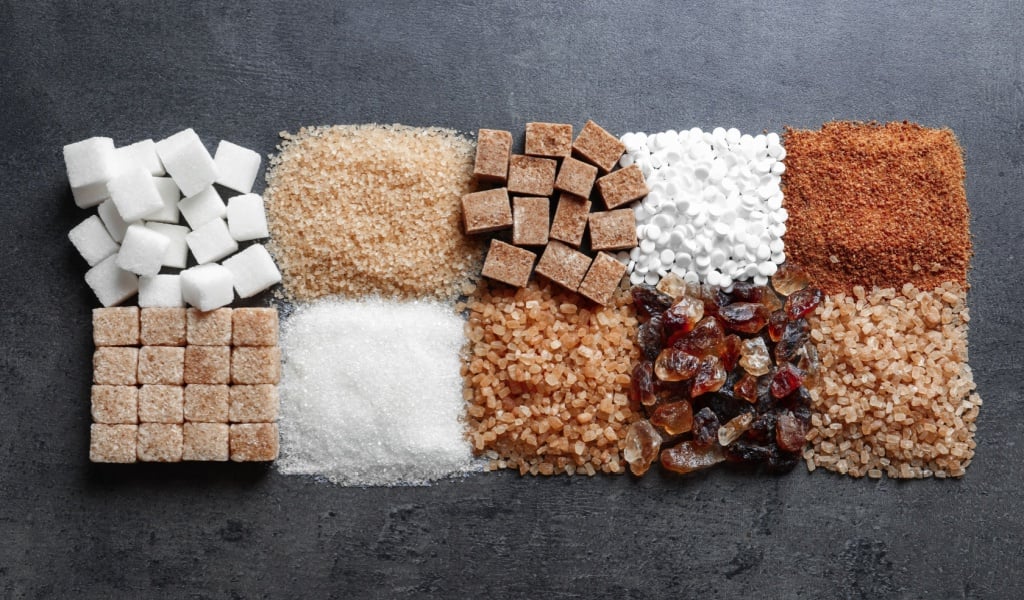Children are very fussy eaters, and packing school lunches is a task most parents dread. On the one hand, parents should ensure that their kids get healthy and delicious lunches during the school year, and on the flip side, they have to think outside the box to ensure they get empty lunchboxes at the end of the day.
Prioritizing a nourishing school lunch is a great way to provide your child with the best nutrients to enhance their memory and learning capacity while also keeping the tummy happy and full. However, this is easier said than done because children start making independent choices about their lifestyle during their school years. Plus, school-aged children are fast learners, and they are heavily influenced by their friends and trends. Accordingly, talking about wholesome food habits and encouraging them is essential. One handy way of doing this is by getting your child involved in planning and preparing their own lunch boxes. It is also an excellent way for them to learn about healthy eating!
If you are a parent struggling to find ways to pack healthy school lunches, we’ve got you covered! Keep reading.

Incorporate Fruits And Vegetables
Make sure to pack whole fruits like apples, bananas, or a bunch of grapes. You can spice it up by packing a dip, like melted dark chocolate or low-fat yogurt. Avoid dried fruits if possible because these are high in sugar content. At the same time, mix and match it up with different textures and flavors so children don’t get bored. You can also make a fruit salad by mixing various diced with lemon juice, nuts, and seeds. The acid will also prevent the fruits from turning brown.
For vegetables, try adding sliced zucchini, carrot sticks, green pepper strips, and cherry tomatoes, along with a low-fat salad dressing or hummus as a dip.
Stick To A Meal Plan
Incorporating all the key nutrients should be a key part of your kid’s school lunches. At least half of it should be vegetables and fruits. A portion should be allocated for wholegrain or wholemeal food—plan for food like bread, pasta, or crackers. Protein and dairy are also essential building blocks to a wholesome meal. Greek Yogurt is an excellent option to cover both; it is packed with protein and incorporates dairy, too. If your child doesn’t consume meat, you can opt for nuts like almonds, walnuts, or cashews. Don’t forget calcium-rich food as well. Since about 85 to 90% of adult bone mass is acquired by age 18 in girls and 20 in boys, adding calcium-rich food is extremely important!
Cut Down On Sugar
Here’s the thing – food that’s high in sugar will give your child a 20-minute sugar buzz and a strong urge to nap. As a result, it may make them less productive during school hours. Even seemingly healthy fruit juices are only about 10 to 20% juice; the rest is just unnecessary sugars! If your child insists on fruit juice, pick a brand that is 100 percent juice- or better yet, make it at home. If your child has a sweet tooth, you can pack some dried cranberries or raisins instead of a sugary dessert. This way, their sweet cravings are satisfied, and they get long-lasting energy.

Breakfast Should Be Nutritious, Too
While you think long and hard about packing school lunches, don’t let breakfast slip your mind. A healthy breakfast can set the tone for a great lunch. Ensure your child’s breakfast is packed with protein and mixed in with whole grains. A child who enters the lunchroom hungry is more likely to end up overeating or eating food high in sugar. Therefore, the key is to eat a balanced breakfast so your child can get through the morning and have a nutritious lunch.
Be Mindful About Food Spoilage
Food safety should be a top priority. Remember that there will be about five hours between when your child leaves home and opens their lunch box. Therefore, you should take the necessary precautions to ensure the food remains fresh and healthy. Here are some tips to bear in mind:
- Pack the school lunch in an insulated lunch box or in one that has a freezer pack.
- Food like eggs, sliced meats, and dairy products should be kept cool and consumed within four hours of preparation. So, if you have just cooked it, avoid packing it in the lunchbox. It’s best to refrigerate it overnight before packing it in the morning. Otherwise, you can place a wrapped frozen water bottle next to the food to be kept cold, such as yogurt, salad, cheese, etc.
- Put a frozen ice block in the lunch box if you have leftover food like rice, pasta, or meat.
- Tell your child to keep their lunch box in the school bag and away from heat or direct sunlight. Ideally, a cool and dark place like a locker would be ideal.
Bottom Line
Preparing food for fussy eaters can be very difficult. And what’s worse is putting in the effort to pack a healthy school lunch only to have your child return not having eaten much of it. To ensure this doesn’t happen, encourage healthy eating habits and get creative in preparing meals. Yes, it is time-consuming and highly demanding, but at the end of the day, your child should get the required nutrients so they can focus and excel in the things that matter!
Since school mornings are very hectic, you might find it easier to pack lunches the night before. When you rush through the process in the morning, you can end up tossing in something that’s not very healthy. In fact, packing in a rush makes you more likely to add sugar or salt-packed snacks like potato chips or pudding cups. So, take some time out to carefully plan your child’s school lunch and stick to a weekly schedule. You can also get your child involved in the process of planning, shopping, and preparing it. This way, they will feel more inclined to eat what has been packed for them!



